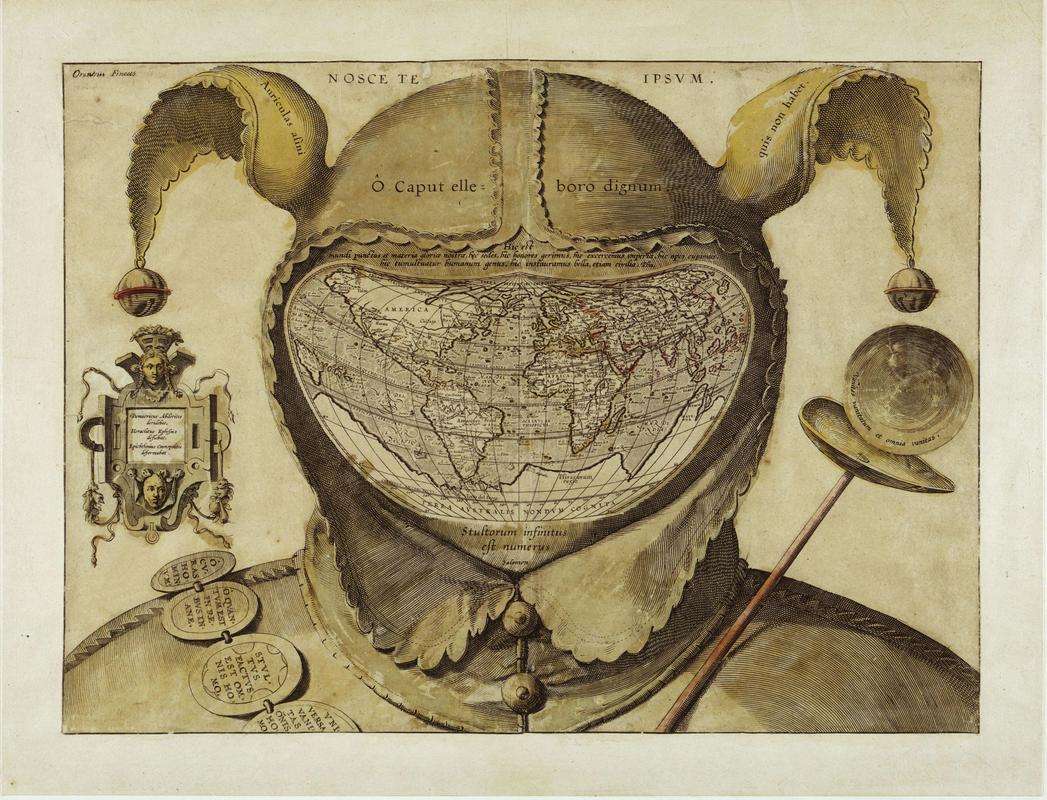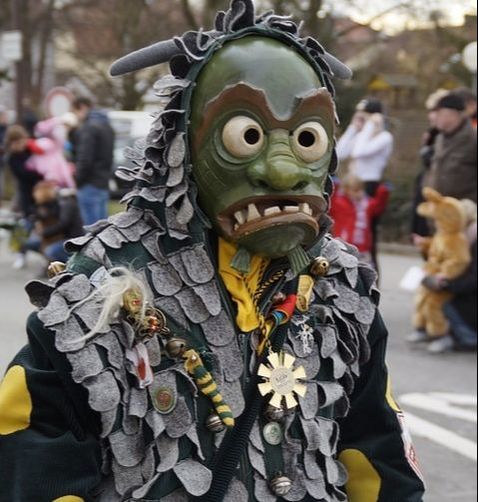|
This morning I woke up thinking busily and then worrying, relentlessly This has happened before and I'm sure it'll happen again. It's conditioned into me, by me, and by the culture around me. I languished in it for a good 30 minutes, then meditated, wrote, read and remembered that I can't force this away forever, because I know that harms my body and creates more depression sooner or later. So, I can acknowledge it, admit it to myself and imagine there is a gift in this for me somewhere. So I admit it to you now - my voices of:
Steve Jobs once said: "It is impossible to connect the dots looking forward - you can only connect them looking back. You have to trust in something, because this will give you the confidence to follow your heart even when it leads you off the well worn path." Last week, after finishing 5 days of 'Fooling School' with the enigmatic Holly Stoppit, I was left with a lot of insights and a lot of confusion. Fooling is the art of emptying yourself by allowing whatever is present to be acted out and seen as 'a mask'. Something you wear, periodically, and experience the world through. It could be a mask of smugness, or victimhood, or, as in my case this morning, the inner critic. In the workshop we had a lot of fun with this and also experienced a shed load of vulnerability, joy, tears and shared emotions with 7 other fools, 10-6 Monday to Friday! One insight was the idea that perhaps it is when we have a glimmer of awareness that this emotion, feeling and voice in me is like a ‘mask’, one of many that we slap on ourselves and onto other people (seeing them as a character looking at us), that we can we hope to face it and relax our hold on it. But unfortunately it rarely just dissolve - It is there for a reason. I created it and wear it to protect me from feeling something. Failure, judgement of others, the deep painful reminder of something I bought into long ago - a belief that I'm not enough. So how then do I move on with my day? Accept it and be interested in it. Give it some space to be heard and seen. Ask it some questions. Breathe with it and feel. Let go of pushing it away, just for some time, maybe 20 minutes and play with it. Maybe it has some undiscovered treasures for you. Perhaps it is good that it isn’t dissolving instantly. One of the most inspiring quotes I gleaned from Holly this weekend was the subtle art behind fooling: "Be interested, not interesting." When I stop trying to be interesting, good enough, appropriate, mindful and wise I start acting out and accepting that I'm imperfect, messy, ugly, fragile and weak. It doesn't mean I'm like this all the time. It means I'm like this right now and I can witness and follow that for some time, to see where it leads. When I allow it, breathe with it and accept it then I sometimes find it transforms into an insight; a learning about myself and then it becomes something truly inspiring. My critic today reminded me to be more responsible for enjoyment of my day, to notice and appreciate my situation, to look at what I've got instead of what I don't have and to see if it's possible to vulnerably trust that it's all working out and then I find some inspiration to keep working, playing and looking for ways that this life is 'flirting with me' - things that I’m attracted to and keep me exploring. So, I went for a run, climbed a tree, came back and launched into work, following my inspiration (it might ebb away again any time soon). I'm sharing this in the hope that you'll see some of your masks, and the masks you slap on others. Maybe you'll be inspired to work with Holly or me as we both offer playful and mindful ways to access inner acceptance. I'm very grateful to Holly and to Steve Jobs for 'reminding' me that I'm a fool and help inspire me to be hungry for more. I'll leave you with this video of Steve Jobs talking more about his passion and what helped him to stay foolish and stay hungry.
0 Comments
With Mindfulness I like to think of three steps that we can take on the journey towards appreciation and enlightenment. I use these in the following ways in a 20 minute meditation sometimes:
This last aspect is seen by some as ‘not in touch with reality’. This is true, of course. What is reality anyway? I choose to practice this only after a very objective observing of feeling and thought flowing into and around my body. The reason I then use the imagination to conjure positivity is because it helps me in my earthly day to be in states of
Translating this to the real world. These states are very useful. They foster joyful engagement, positive action, calm relations and effective productivity. We can also achieve these things without being in those states, but it takes a lot more willpower, energy and generally is not as effective, because it doesn’t feel as good. So one more mind imagining that I use outside of meditation is: ‘seeing people as part of nature’. Imagine this: You know that moment when a car honks art you and you get a flash of extreme irritation shortly followed by a swear word and imagining how rude and uncaring the driver is? Well, what if you didn't have that reaction? Or, more importantly the thought behind it? What if all you had was the sensation of shock from the noise and then a release? A bit like when a dog barks or a baby cries or thunder rolls. With the natural phenomenon it shocks you but then you let it go. Because the story about it - your thinking is different - we see those things as innocent parts of nature. We often see fellow humans as…. rude, selfish, mean… we forget they are just a part of nature too. We think the fact that they have developed language and a deeper consciousness that is capable of imagining complex things, including morality, to mean that they ‘should’ behave differently.  A different idea of our nature: In this article I want to posit a different idea - a game of the mind that can help us act more skillfully, cooperatively and appropriately to people and situations, but mostly, that helps us let go of the stresses that tense up and eventually damage our bodies. What is we saw people as we do natural (and innocent) phenomenon or creatures. Here are some examples: Angry car driver: See them as a honey badger! Irritable, tenacious, not to me messed with and adorable! When I saw his behaviour as that of a honey badger the way forward was clear and without emotional resistance - give the honey badger some space. If you mess with one of those things you might overpower it but you are going to get torn up in the process. But at the end of it - IT DOESN’T MATTER IF HE WAS IN THE WRONG AND I WAS IN THE RIGHT. I might also alert the police, calmly and easily that there is a honey badger (dangerous driver) on the loose. Not for revenge or malice, but to protect others. Noisy person on the bus? See them as a noisy baby! What would you do? Either let it go, empathise and enquire what is wrong or politely ask for it to be quiet, knowing full well that because it’s a baby it may not listen to you and may even get louder. But you don’t have to take it personally - because it’s a baby! If you just see them as an annoying human who ‘should’ be quieter, then you either sit there fuming (damaging your body) or get aggressive and further incite aggression. The baby image isn’t infantilizing - it is conscious playing with ideas to promote more skillful responses and a healthy body. Boss imposes power over you by scolding you at work? See them as a big powerful bear! If a bear tells you what to do I suggest you agree and do it. You wouldn’t hold it against the bear. You might also look for ways to appease the bear, distract the bear or soothe the bear, but not out of hate; out of respect for the bear’s power. On a wider sense, if it is an angry bear you might also take longer term steps to contain it or tame it. Same goes by imagining a street gang as a pride of lions. Summary All of these things reunite the idea that human behaviour is natural, not super-natural. Because our evolved brains seek meaning and therefore add all kinds of expectations, ‘shoulds’ and blame onto other humans, which we wouldn’t with more ‘innocent’ wildlife. By introducing the image of a wild nature back onto our fellow humans it can relax our holding onto judgement and help us to let go, returning to a balanced view, then taking more appropriate, not reactive, action and responses. I invite you to try this in your day, with the three steps;
Let me know how you get on! And Enjoy! x |
AuthorsNeil Morbey is a meditation teacher, group facilitator and inspiration guide for Positively-Mindful.com Blog Index
Archives
May 2024
|







 RSS Feed
RSS Feed